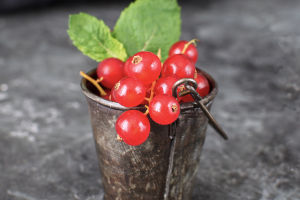Chocolate is a delicious treat that many people love. But have you ever wondered how it's made?
Let's take a closer look at the process of turning cocoa beans into chocolate.
Where Chocolate Begins
Chocolate starts with the cocoa tree, which grows in tropical areas near the equator. These trees produce pods that contain cocoa beans. The beans are the main ingredient in chocolate.
Harvesting and Fermenting
When the pods are ripe, they are picked by hand. The beans are taken out of the pods and put in shallow containers. There, they go through a process called fermentation for a few days. This helps develop the beans' flavor and makes them less bitter.
Drying
After fermentation, the beans are dried to remove moisture. They are usually spread out in the sun on wooden boards or bamboo mats for 7 to 14 days. The beans are turned regularly to make sure they dry evenly. Once dried, they are sorted by quality and packed for shipping.
Roasting and Removing Shells
When the dried beans arrive at the chocolate factory, they are cleaned and roasted. This step is important for making the flavor better and changing the beans' color to a nice brown. The roasting can take from 30 minutes to two hours at temperatures above 250°F (121°C). After roasting, the beans are cooled. Then, their hard shells are removed through a process called winnowing. This separates the outer shell from the inner nibs, which are the edible part of the bean.
Grinding and Mixing
The nibs are ground into a thick paste known as cocoa mass. This paste contains both cocoa solids and cocoa butter. The cocoa mass can be separated into cocoa powder and cocoa butter under high pressure. Alternatively, it can be mixed with other ingredients to create different types of chocolate. To make chocolate, the cocoa mass is blended with varying amounts of cocoa butter, sugar, and milk powder for milk chocolate. The mixture is then conched, which involves continuous mixing and aeration. This process refines the texture and enhances the flavor of the chocolate, resulting in a smooth and creamy final product.
Tempering and Molding
Next, the chocolate is tempered to stabilize it. This process involves heating and cooling the chocolate to specific temperatures, which gives it a shiny finish and a satisfying snap when broken. After tempering, the chocolate is poured into molds to create various shapes, such as coins, chunks, or decorative pieces. It is then cooled and hardened before being packaged, ensuring the chocolate maintains its perfect texture and appearance.
Different Types of Chocolate
Depending on the ingredients used, different types of chocolate can be made:
• Dark Chocolate: Made with cocoa mass, cocoa butter, and sugar.
• Milk Chocolate: Contains cocoa mass, cocoa butter, sugar, and milk powder.
• White Chocolate: Composed of cocoa butter, sugar, and milk powder, but no cocoa solids. Some people don't consider it true chocolate.
Through these careful steps, cocoa beans are transformed into the delicious chocolate products we all enjoy. From the cocoa tree to the final product, it's a fascinating process that results in one of the world's most beloved treats.


